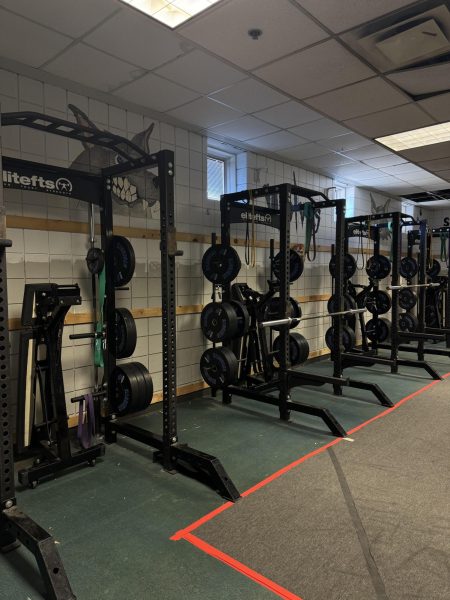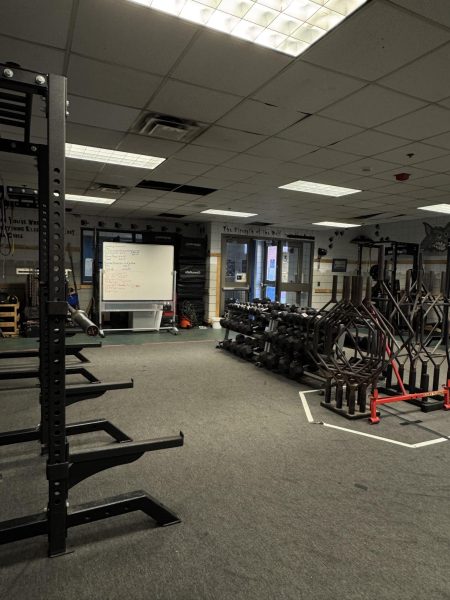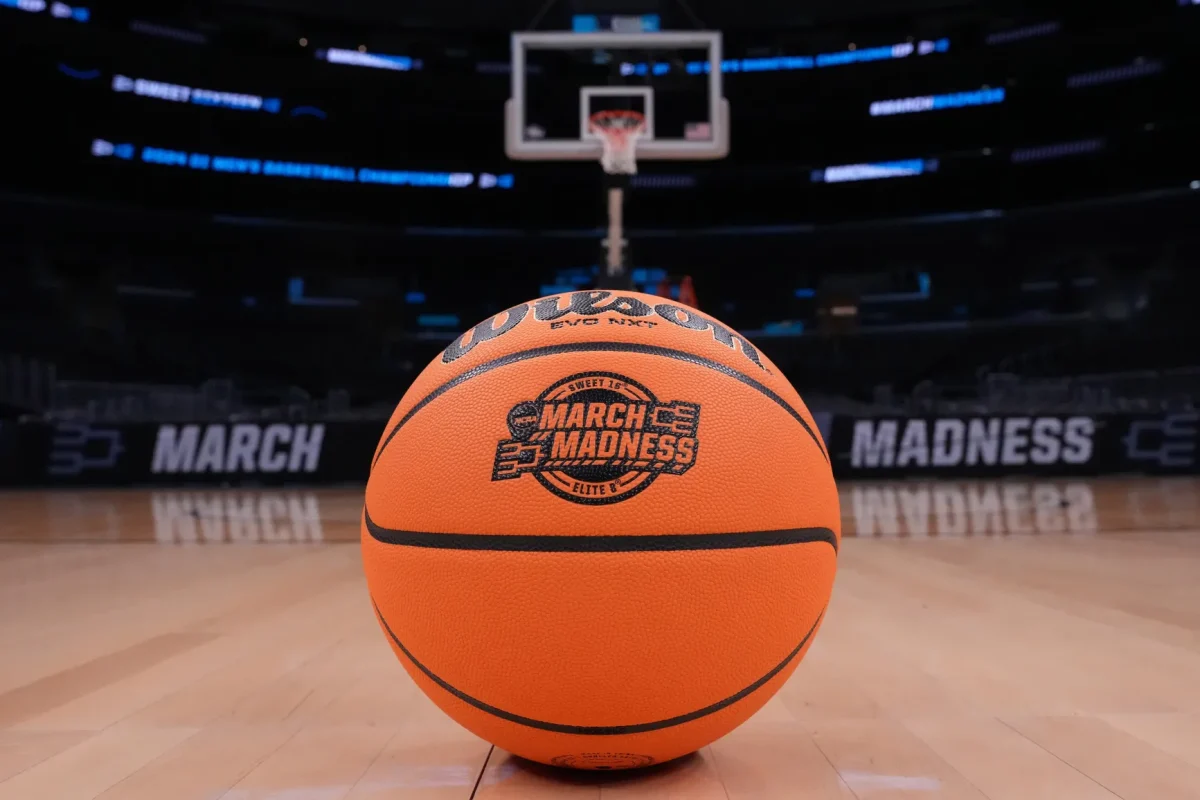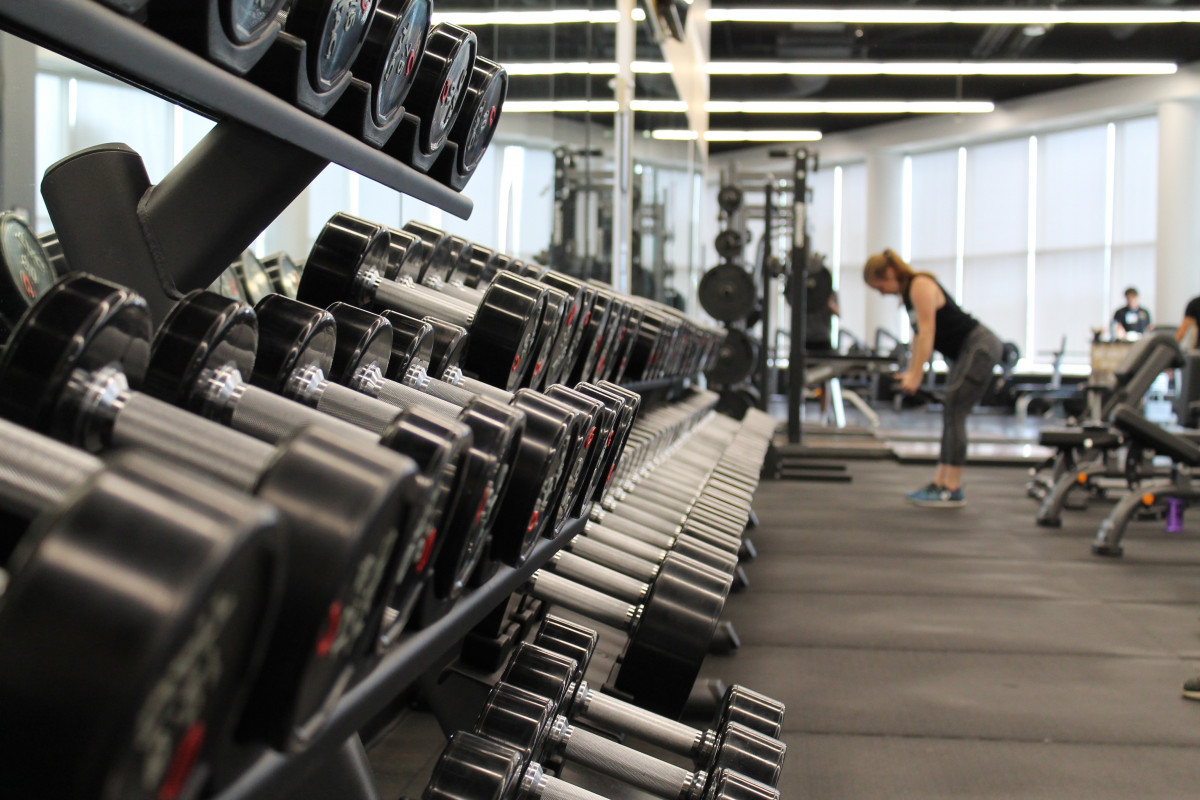Over the past five years there has been a meteoric rise in the popularity of gym culture among teens. The cause of this rise is mostly due to an increase in the amount of fitness influencers on social media platforms such as Instagram and YouTube starting to gain traction among teenagers.


WKHS student Steven Luna speaks on how he began lifting and why the gym matters to him. Steven has been lifting for “over three years” and, similar to the majority of other teens, began going to the gym after seeing influencers online. Regarding the massive increase in popularity in gym culture among teens, Steven says that he is glad that “in the last 5 years more teens are striving to be more healthy”. He then goes to explain his views on the difference between “good” and “bad” fitness influencers. Steven gave examples of good influencers such as David Laid and Sam Sulek who he says “spread good messages and motivation”. Additionally, Steven says that teens looking up to influencers on performance enhancing drugs (PEDs) is a two sided issue. On one hand the influencers “are good to motivate teens to get into fitness, but also more teens are definitely starting to take or thinking about taking steroids and also there’s more insecurity.”

In addition to Steven, the Ravine drew opinions from WKHS physical science teacher Colton Ruff. Ruff stated that he had “been lifting for around 6 years” and “started lifting for high school football. . .but really got into it after highschool” when he found that it was a “scheduled thing he could follow”. Ruff continued to explain the benefits of lifting by saying that “the gym clears the head and provides physical relief from stress”. Ruff believes that the gym becoming more trendy is “mostly phenomenal” and that “it’s great and builds a foundation and community for teens and student athletes”. In addition to his positive words about gym culture, Mr. he says that “gym influencers have made bodybuilding a norm, which isn’t a very healthy sport physically or mentally and takes massive commitment” and that “teens need to be taught the right way to do things and which influencers to listen to or avoid.”

While on the surface it may seem amazing that so many teens want to better themselves in the gym, the issue is incredibly nuanced and under the surface topics such as drug use and insecurity come into play. Another reason that there is a growing interest in fitness that wasn’t mentioned in the interviews is because of the commercialization of the industry. Clothing brands such as Young LA and Gymshark are paying fitness influencers to model their clothes, which is a desirable source of income for many aspiring lifters.


With so many teens looking up to these influencers (the majority of whom are fully developed adults taking steroids), there is bound to be massive amounts of comparison which inevitably leads to insecurity and even body dysmorphia. Furthermore, the comparisons have clearly led to an uprising in the amount of teens who decide to take steroids. This decision is not one appropriate for a teen who is not fully educated in the field and will lead to irreversible consequences such as poor heart health and rapid aging. Ultimately, the most important aspect when considering the health of these teens is to ensure that they are well informed on the topics of exercise and the many dangers of drug use.




























